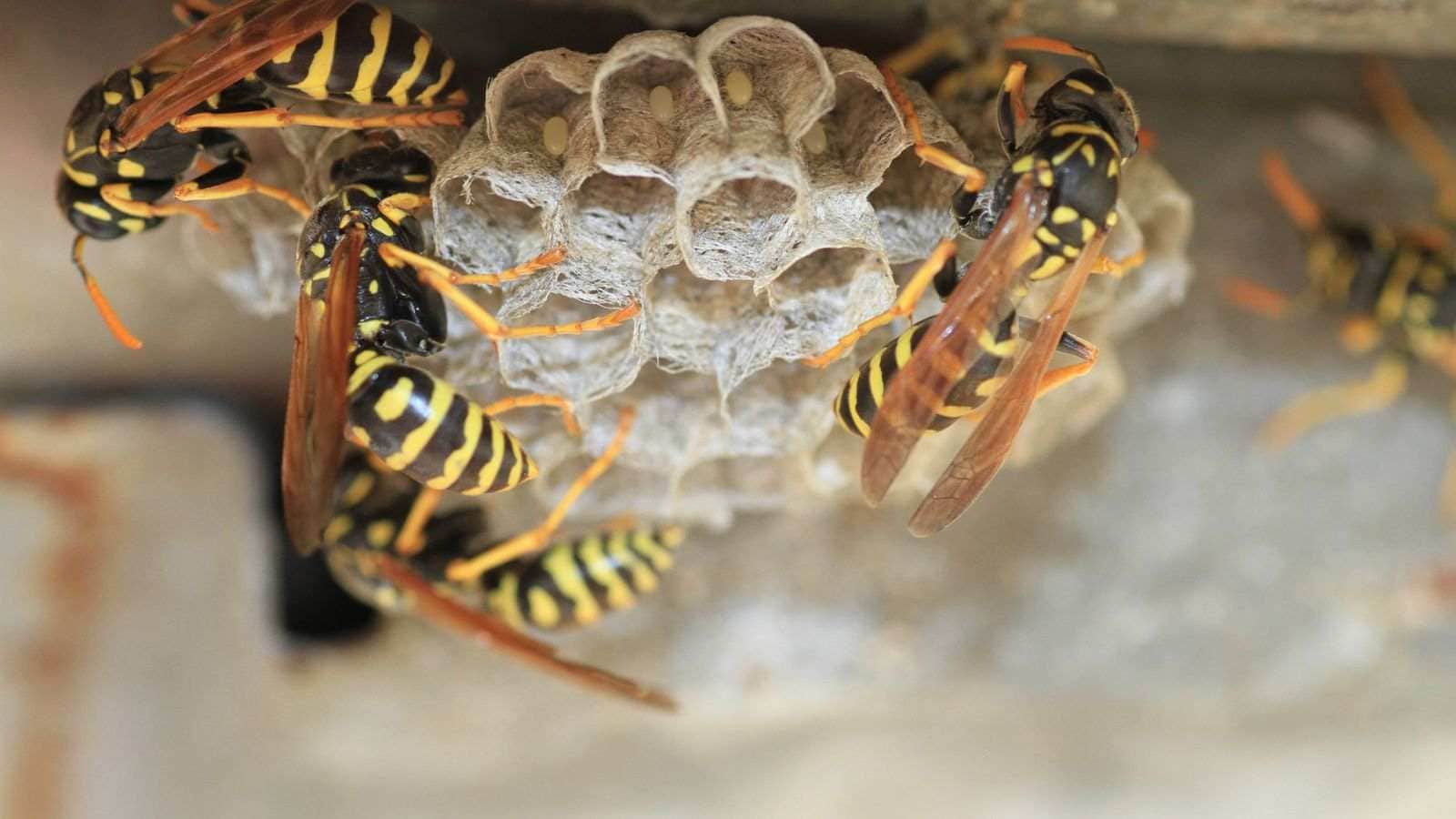As the weather warms up and we start spending more time outdoors, we also begin to encounter some not-so-welcome visitors: wasps. These stinging insects are notorious for building their nests in and around our homes, causing headaches (and painful stings) for unsuspecting homeowners. But understanding the behavior of wasps can help us prevent them from nesting in our homes in the first place. In this blog post, we’ll explore some key insights into the world of wasps and share tips on how you can keep your home safe from these buzzing pests.
Wasps belong to the insect order Hymenoptera.
Wasps belong to the insect order Hymenoptera. They are a type of insect that has a hard exoskeleton and two pairs of wings. Wasps are incredibly diverse in their behavior, but most commonly they are solitary creatures that build nests out of mud, paper, or other similar materials. Some wasps, like the yellowjacket, can become aggressive and can sting humans if provoked.
Wasps are social insects and typically live in colonies.
Wasps are social insects and typically live in colonies. Colonies can vary in size, but most contain anywhere from a few dozen to several hundred wasps. Colonies are usually located near food sources, such as flowers or fruit trees. nid de guepes hyeres
Wasps are very important in the ecosystem because they help to pollinate plants. Pollination is responsible for the production of fruits and vegetables, so it’s important to keep wasps away from your home if you don’t want them to build nests there. You can prevent wasps from nesting by using repellents or removing food sources near your home.
Female wasps will sting humans to paralyze them so they can remove body parts (like an arm) for their larvae to eat.
Female wasps will sting humans to paralyze them so they can remove body parts (like an arm) for their larvae to eat. In some cases, wasps may also inject venom into the human to cause more serious injuries. If you are stung by a female wasp, do not panic. Remain still and contact a doctor or emergency service as soon as possible. It is very important to remain calm in order to avoid making the situation worse.
There are different types of wasps, but all of them build nests.
There are different types of wasps, but all of them build nests. Nesting wasps are beneficial insects that can help to manage pests. However, if you’re concerned about their presence in your home, it’s important to understand their behavior and how to prevent them from nesting.
Wasp colonies are typically composed of a queen and her many offspring. The queen feeds her larvae and protects them from predators by stinging them. Nests typically consist of an underground chamber filled with paper-like material called “waste material.” Wasps use this waste material to create cells for the queen and her young.
How do I know if a wasp is bothering me?
If you’re having trouble sleeping because wasps are buzzing around your house, there are a few things you can do to try and get them to stop. First, identify the type of wasp that’s bothering you. There are three main types of wasps in North America: yellowjackets, paperwasps, and hornets.
The easiest way to tell the difference between these types of wasps is their size. Hornets are the largest kind, while yellowjackets and paperwasps are smaller. Also, look at their wings. Hornets have two large wings that they use for flying, while yellowjackets and paperwasps have small wings that they use for walking or crawling.
If you know which type of wasp is bothering you, the next thing you need to do is figure out how to prevent them from nesting in your home. Yellowjacket nests are built in protected areas like attics or walls near windows or doors, so if you can’t find where they’re nesting, it’s not likely that you can prevent them from building a nest in that area. Paperwasp nests can be destroyed by pouring boiling water on them or crushing them with a piece of furniture but hornet nests are much harder to get rid of.
The best way to avoid attracting wasps is by keeping your home clean and organized. Make sure all your food storage is out of sight and out of reach, remove any excess clutter from around your home, and
What can I do to prevent wasps from nesting in
If you live in an area where wasps are common, there are a few things you can do to help prevent them from nesting in your home. First, make sure that all entrances to your home are closed off tightly. This includes windows and doors. If these entrances cannot be sealed off, put up a sturdy barrier like a wall of boards or cinder blocks around the edge of the opening.
You can also try to discourage wasps from nesting by using barriers such as candles, tight fitting screens on windows and tall cans of pesticide in areas where they tend to congregate. Be sure to read the instructions carefully before using any pesticide so that you don’t end up harming yourself or your family.
